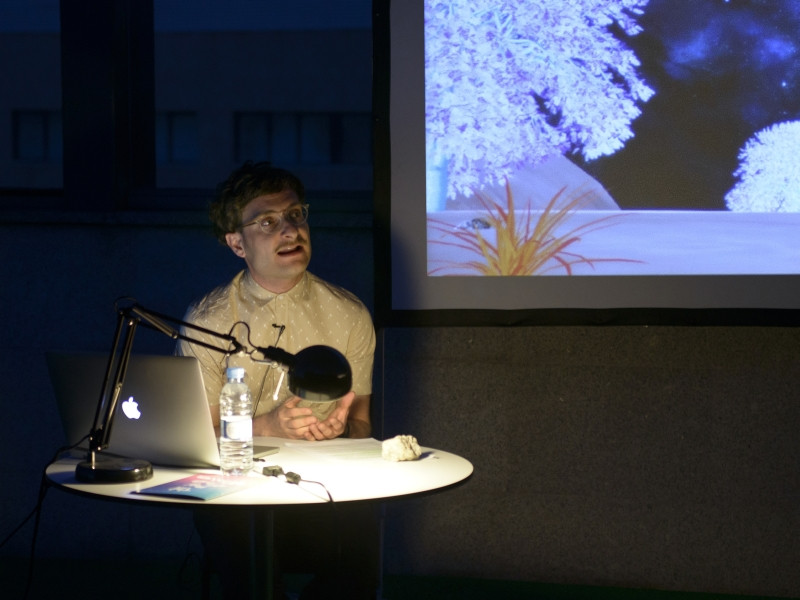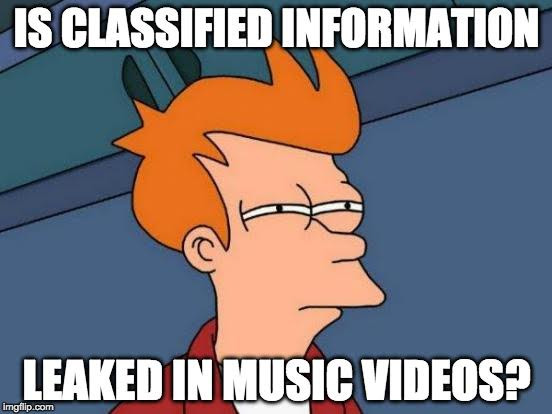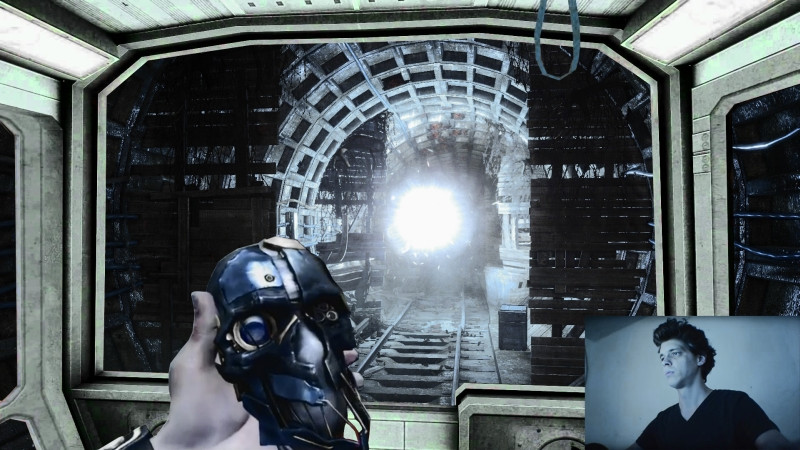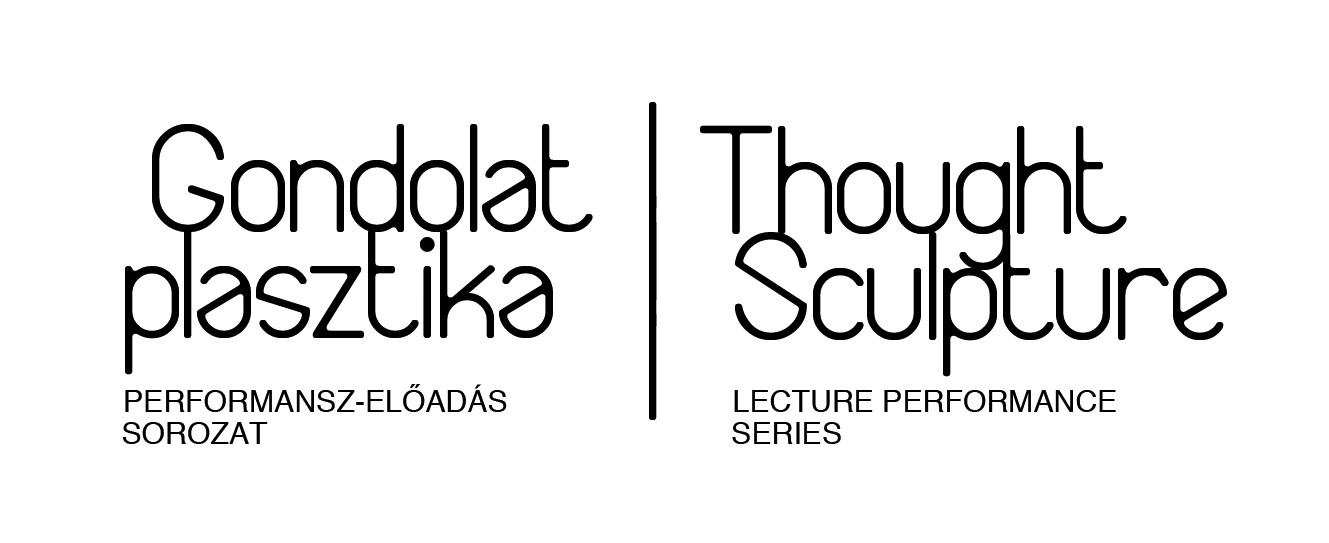Thought Sculpture
Serafin Alvarez, Karin Ferrari, György Szimán
Lecture-performances by Serafin Alvarez, Karin Ferrari and György Szimán
13/01/2017 (FRI) 6 pm - 8 pm
Location: Trafoclub
curator: Borbála Szalai
Free entrance
György Szimán will talk in Hungarian, Karin Ferrari and Serafin Alvarez will talk in English during their lecture performances.
Facebook event
For the video-documentation of the lecture-performances please visit our YouTube channel.
Three lecture-performances by three young artists, who will guide us through virtual spaces of video games, through music videos and endless corridors from sci-fi movies, until some hidden depths of the YouTube.
Karin Ferrari in the apropos of a Simpsons episode from the year 2000, that predicted Donald Trump’s election, presents the theory of predictive programming and builds up a specific conspiracy-theory by analyzing TV shows, music videos and sci-fi movies. The lecture-performance of György Szimán will focus on those videos watched by millions, which record gamers playing and commenting video games. While playing live with several game classics, György Szimán will talk about the potential of this medium, it’s possible depths and the choices, challenges and moral dilemmas of a gamer. Serafín Álvarez in his rather meditative lecture constructs a new world from some video game assets and virtual settings from sci-fi movies.
The event is part of the Thought Sculpture lecture-performance series happening between January and April 2017.
Serafín Álvarez: Dead Ends Unfolded
Maze Walkthrough is an unorthodox video game created by Serafín Álvarez in 2014, an interactive virtual architecture made by assembling 3D reproductions of science fiction corridors, sound effects and music together, which give shape to a manifold, complex space to be wandered through. In this new work, a lecture-performance specifically conceived for Trafó Gallery, Álvarez will play Maze Walkthrough live while revealing some of its core elements, external references, inner depths and expanded fields.
Serafín Álvarez (1985) is living in Barcelona, his work focuses on popular media depictions of subjective experiences mediated by technological and scientific developments, specially changes in the perception of reality. His most recent projects develop heterogeneous approaches to various aspects of science fiction, especially how concepts associated with otherness and the journey into the unknown are represented in contemporary audiovisual media such as cinema and video games, through work methodologies that reproduce certain creative practices commonly used by fan audiences of the genre. Álvarez holds a BA and a MA from the University of Barcelona, where he is currently doing a research project on transmedia expansions of science fiction as part of his PhD. He has shown his works at art institutions such as CA2M (Móstoles), CAC (Vilnius), Junefirst Gallery (Berlin), MACBA (Barcelona), MUSAC (León) and La Panera (Lleida) amongst others.

Karin Ferrari: Predictive programming: Is the Media Leaking the Future?
Recently a Simpsons episode from the year 2000 made headlines because it predicted Donald Trump’s election as US President. A simple coincidence or a case of predictive programming? Predictive programming is a controversial hypothesis about mind control in media: storylines or subtle images in movies and television shows are used to subconsciously familiarise the public with planned major events and substantial social changes. As a matter of fact, preemptive mass manipulation is already hidden in our everyday digital life in the form of algorithmic personalized search results (filter bubbles). Is predictive programming real? Is classified information leaked into sci-fi movies and music videos? Or do we manifest the images implanted into our collective consciousness?
Karin Ferrari is a Vienna based artist, who explores symbolism in pop culture, the
entertainment industry and social media in her work. Ferrari’s web series DECODING (THE
WHOLE TRUTH) reveals hidden messages in music videos and TV clips. She studied painting and cultural studies at the Academy of Fine Arts in Vienna. She has exhibited and lectured in Austria and internationally, amongst others at the V. Moscow International Biennale for Young Art, at Amsterdam Drawing, at the Royal Military Museums in Brussels, at Ars Electronica Festival, Linz, in Vienna at the 21er Haus - Museum for Contemporary Art, Kunsthalle,and at the Akademie der bildenden Künste.

György Szimán: Superplay
The videos and streams about gamers playing and commenting video games (‘Let’s play videos’) are watched by millions. These videos done by gamers mostly for documenting their achievements (eg.: speedruns, kill counts) are almost the same old as the FPS games themselves. In parallel with the progress of the medium and of technology those video games have also appeared, which implement narrative or dramatic techniques known from movies. Based on these games new kinds of videos have also appeared, which rather concentrate on the story, on entertainment or on the pleasure of playing, and which caused new formats and presentations with a greater and different kind of audience. György Szimán in his lecture-performance - while playing live with several game classics - will talk about the potential of the medium, it’s possible depths, and the choices, challenges and moral dilemmas of a gamer.

Supported by:


























